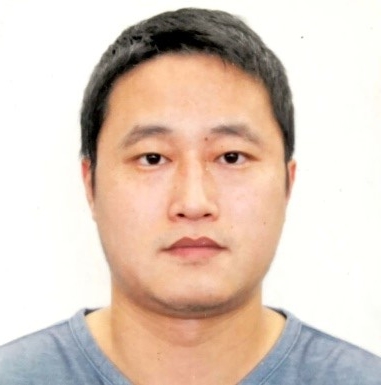Abstract:
Trace metals, copper (Cu) and iron (Fe), are essential trace nutrients for biota. They readily undergo redox cycling between their oxidation states (Cu(I)/Cu(II) or Fe(II)/Fe(III)), influencing reactivity, solubility, bioavailability and toxicity of metals in aquatic system. Firstly, this presentation shows the impact of pH, O2, chloride, carbonate and natural organic matter (NOM) on kinetic and mechanism of Cu transformation under natural water conditions. As Cu is toxic and may cause oxidative injury, typical attention was given to examine the interactions of Cu with reactive oxygen species (ROS) and the nature of generated strong oxidative products (i.e., Is the hydroxyl radical (HO•) formed in hydrogen peroxide (H2O2)-mediated Cu redox system?). Secondly, phytoplankton species suffer growth-limiting low Fe stress. A talk in short shows the role of ubiquitous superoxide (O2•−) and pH in generation of more bioavailable Fe(II) by photo-reduction of Fe(III) speciations in surface waters. Thirdly, a research plan titled ‘The role of reactive oxygen species (ROS) in copper bioavailability and toxicity to phytoplankton species in aquatic ecology’ will be briefly introduced as well.
Biography:

Dr. Guowei Xing received his Bachelor of Engineering, Master of Engineering and Ph.D in Environmental Engineering from UNSW, respectively, in 2010, 2012 and 2017. He has two years of postdoctoral experience in Water Research Centre (WRC) in UNSW. He has extensive research experience with the transformation of copper and iron and associated interactions of metals with ROS, and is highly skilled in reaction kinetics and kinetic modeling. He has published 8 TOP journal papers as the first author or senior co-author.